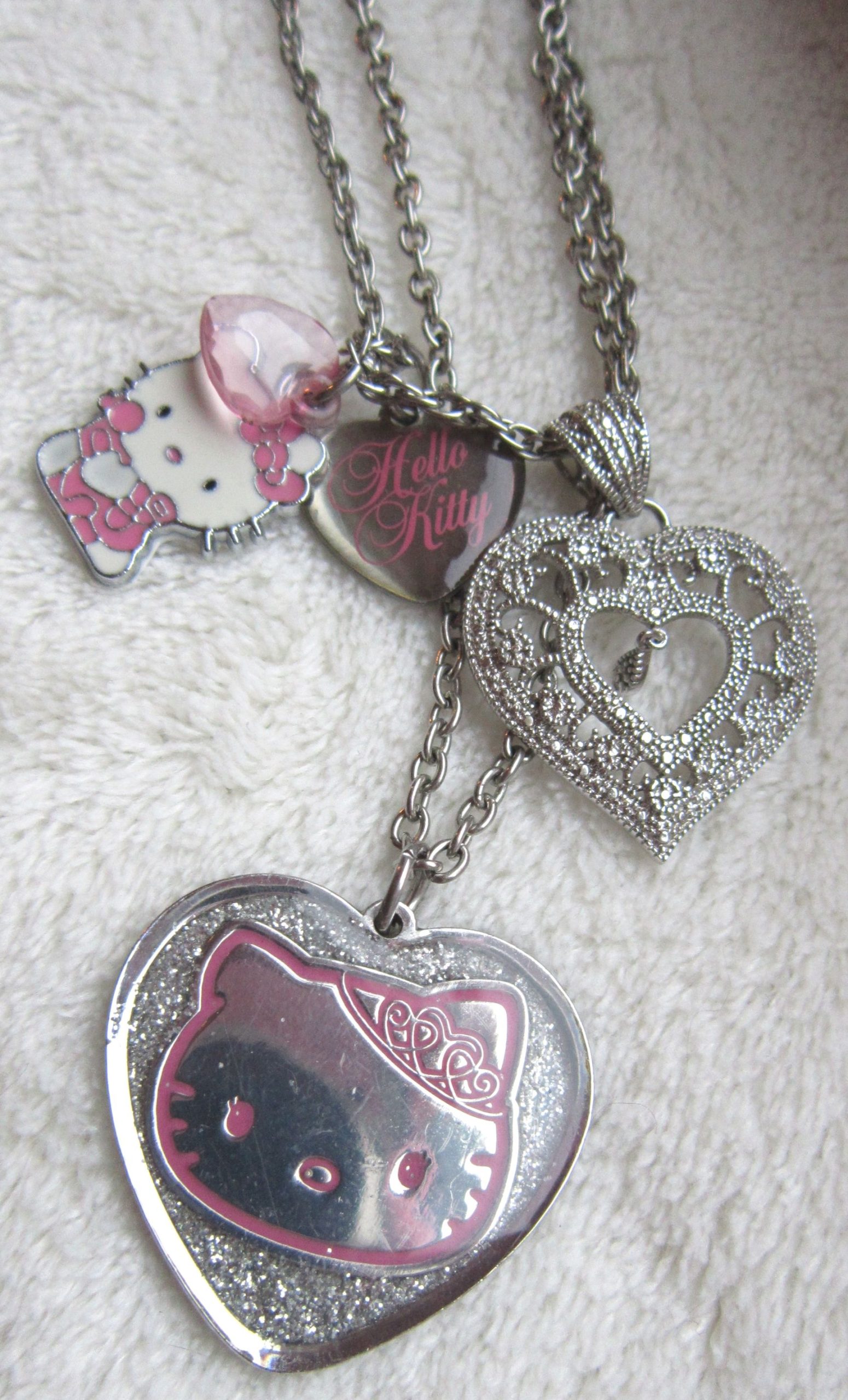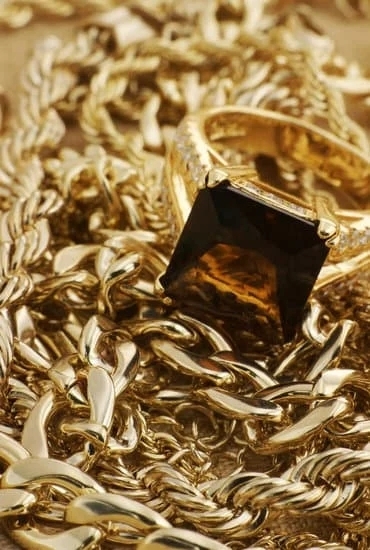Old Pawn Native Jewelry has a rich history deeply rooted in the culture and traditions of Native American tribes. From intricate designs to symbolic meanings, these pieces of jewelry hold great significance in the Native American community and beyond. The history of old pawn native jewelry showcases the craftsmanship and artistry of indigenous people, reflecting their values, beliefs, and heritage.
The origins and evolution of old pawn native jewelry are fascinating to explore, as they offer an insight into the cultural changes and influences over time. Techniques and materials used in creating these timeless pieces are also worth examining, as they highlight the ingenuity and resourcefulness of Native American artisans.
In this article, we will delve into the significance of native American jewelry in history, the symbolism behind old pawn native jewelry designs, its role in modern fashion and culture, famous artisans and designers, as well as preservation efforts to uphold its legacy. Join us on a journey through time as we unravel the enduring legacy of old pawn native jewelry.
The Significance of Native American Jewelry in History
Native American jewelry holds a significant place in the history of indigenous cultures in North America. It is not just a form of adornment, but it also carries deep cultural, spiritual, and societal meanings for the Native American people. The history of old pawn native jewelry is intertwined with the rich heritage and traditions of various tribes and has played an essential role in preserving their cultural identity.
Cultural and Spiritual Significance
For Native American tribes, jewelry represents more than just decorative items; it symbolizes their connection to nature, spirituality, and community. Each piece of jewelry is crafted with intricate designs that convey stories, beliefs, and values passed down through generations. From symbolic motifs representing animals and elements of nature to intricate beadwork reflecting tribal customs, the significance of native jewelry goes beyond its material form.
Societal Importance
In addition to its cultural and spiritual significance, native jewelry also holds great societal importance within Native American communities. Traditionally, specific pieces were worn during ceremonies, rituals, or rites of passage as a way to honor tradition and express one’s social standing or achievements.
The exchange of jewelry was also a common practice within tribes as a sign of friendship, peace treaties, or alliances between different groups. Therefore, old pawn native jewelry has been an integral part of maintaining social relationships and fostering unity among indigenous peoples throughout history.
The Origins and Evolution of Old Pawn Native Jewelry
Old Pawn Native Jewelry has a rich history that dates back centuries. The jewelry has been an integral part of Native American culture, with each piece telling a unique story and reflecting the traditions of the tribe from which it originated. The origins of old pawn jewelry can be traced back to the Navajo, Zuni, Hopi, and Pueblo tribes, who are known for their distinctive craftsmanship and use of materials such as turquoise, silver, and coral.
The evolution of old pawn native jewelry is closely linked to the historical and cultural changes within native communities. As European settlers arrived in North America, they introduced new materials and techniques to the indigenous people, leading to a fusion of traditional styles with contemporary influences. Over time, old pawn jewelry evolved to incorporate a wider range of designs and motifs, reflecting the changing times while still honoring ancestral customs.
One notable aspect of the evolution of old pawn native jewelry is its adaptability to different trends and fashion movements. While maintaining its authenticity and cultural significance, old pawn jewelry has also found its way into modern fashion and culture.
Many prominent designers have incorporated elements of old pawn native jewelry into their collections, bringing awareness to the artistry and craftsmanship of indigenous communities. Today, old pawn native jewelry continues to be revered for its timeless beauty and historical importance in Native American heritage.
| Native Tribe | Materials Used |
|---|---|
| Navajo | Turquoise, silver |
| Zuni | Turquoise, coral |
| Hopi | Sterling silver, overlay techniques |
| Pueblo | Silver casting |
Techniques and Materials Used in Creating Old Pawn Native Jewelry
Old Pawn Native Jewelry is known for its intricate designs and craftsmanship, which are a result of the techniques and materials used in creating these beautiful pieces. The history of old pawn native jewelry dates back centuries, with each piece reflecting the cultural and artistic traditions of Native American tribes.
One of the most significant techniques used in creating Old Pawn Native Jewelry is silversmithing. This process involves shaping and soldering silver to create decorative pieces such as beads, pendants, bracelets, and earrings. Silversmithing requires great skill and precision, and many artisans use traditional tools and methods that have been passed down through generations.
In addition to silversmithing, turquoise is a widely used material in Old Pawn Native Jewelry. This semi-precious gemstone holds deep symbolism in Native American culture and is often incorporated into designs to represent strength, protection, and good fortune. Other materials commonly used include coral, shell, and various types of natural stones, each chosen for their significance and beauty.
The combination of these traditional techniques and materials results in unique pieces that showcase the artistry and heritage of Native American jewelry-making. As a result, Old Pawn Native Jewelry continues to be highly sought after by collectors and enthusiasts who appreciate its cultural significance and timeless beauty.
| Techniques Used | Materials Used |
|---|---|
| Silversmithing | Turquoise |
| Stone Setting | Coral |
| Stamping/Repousse | Shell |
The Symbolism and Meanings Behind Old Pawn Native Jewelry Designs
Old Pawn Native Jewelry holds a deep cultural and spiritual significance for Native American tribes, with each intricate design and symbol holding a special meaning. The jewelry often reflects the beliefs, values, and traditions of the tribes who create them. Here are some of the common symbols found in Old Pawn Native Jewelry designs and their meanings:
- Turquoise: This vibrant blue stone is one of the most iconic materials used in Native American jewelry. It is believed to bring good fortune, health, and protection to the wearer. In many tribes, turquoise is also associated with the sky and water, symbolizing life and abundance.
- Feathers: Feathers are widely used in Native American culture as symbols of honor, strength, and spirituality. Each type of feather holds its own unique significance – for example, eagle feathers are particularly revered and are often used in ceremonial or sacred jewelry.
- Bears: Bears are a common motif in Old Pawn Native Jewelry, representing strength, courage, and healing. In many Native American stories and traditions, bears are considered powerful protectors and sources of wisdom.
- Kokopelli: This humpbacked flute player is a well-known figure in Southwestern Native American culture. He is often depicted in Old Pawn Jewelry designs as a symbol of fertility, joy, and abundance.
The symbolism behind these designs is deeply rooted in the history of old pawn native jewelry. Each piece tells a story that connects the wearer to their heritage and traditions.
Old Pawn Native Jewelry has been passed down through generations as heirlooms that carry with them the stories and experiences of past wearers. Today, these timeless pieces continue to be cherished for their beauty as well as their cultural significance. Understanding the meaning behind each design allows us to appreciate the rich heritage of Native American artistry encoded within each piece of Old Pawn Jewelry we encounter.
Old Pawn Native Jewelry in Modern Fashion and Culture
Old Pawn Native jewelry has a rich history and cultural significance that has been preserved through generations. Today, these exquisite pieces are not only valued for their historical and artistic value but have also become popular in modern fashion and culture. Here are some ways in which Old Pawn Native jewelry is making its mark in the contemporary world:
- Incorporation into High Fashion: Many fashion designers and brands have started incorporating Old Pawn Native jewelry into their collections. From high-end runway shows to luxury fashion magazines, these unique pieces are being celebrated for their craftsmanship and cultural heritage.
- Everyday Wear: Traditional Old Pawn Native jewelry is now being adapted for everyday wear. From statement necklaces to intricate cuffs, these pieces have found a place in modern wardrobes, adding a touch of timeless elegance to any outfit.
- Cultural Appreciation: As awareness of the history of old pawn native jewelry grows, there is a renewed appreciation for the craftsmanship and symbolism behind each piece. Many individuals are choosing to wear Old Pawn Native jewelry not just for its aesthetic appeal, but also as a way to honor and support Native American artisans and traditions.
As Old Pawn Native jewelry continues to make its mark in modern fashion and culture, it serves as a reminder of the enduring legacy of Native American artistry and craftsmanship. This ancient tradition has seamlessly integrated itself into the contemporary world, showcasing the timelessness and adaptability of these beautiful pieces. Whether worn as a statement of style or as a nod to cultural heritage, Old Pawn Native jewelry continues to captivate people around the globe.
Famous Artisans and Designers of Old Pawn Native Jewelry
Old Pawn Native Jewelry has a rich history and tradition that dates back centuries. Throughout the years, many talented artisans and designers have made significant contributions to the art form, creating stunning pieces that continue to be treasured today.
Historical Native American Artisans
One of the most renowned historical artisans of Old Pawn Native Jewelry is the Navajo silversmith Atsidi Sani. In the late 19th century, Sani learned metalworking skills from Mexican blacksmiths and later applied these techniques to create beautiful silver jewelry adorned with turquoise, coral, and other semiprecious stones. His work laid the foundation for the distinct style of Navajo jewelry that continues to be celebrated today.
Contemporary Designers
In more recent times, several contemporary designers have gained recognition for their innovative contributions to Old Pawn Native Jewelry. One such designer is Jesse Monongya, a Hopi jeweler known for his intricate overlay technique and use of traditional Hopi designs. His work has been featured in museums and galleries around the world, solidifying his place as a master artisan in the realm of Native American jewelry.
Legacy and Influence
The influence of these famous artisans and designers extends beyond their individual creations; their work has inspired countless others to pursue careers in jewelry making and contribute to the ongoing legacy of Old Pawn Native Jewelry. Their dedication to preserving cultural traditions while also pushing artistic boundaries ensures that this distinctive art form will continue to thrive for generations to come.
How to Identify Authentic Old Pawn Native Jewelry
Old Pawn Native Jewelry is steeped in history and culture, making it a valuable and sought-after item for enthusiasts and collectors. However, with the rising demand for this unique jewelry, there has also been an increase in the production of counterfeit pieces. As a result, it has become crucial for buyers to be able to identify authentic Old Pawn Native Jewelry from reproductions or fakes.
One of the most reliable ways to determine the authenticity of Old Pawn Native Jewelry is by examining the craftsmanship and materials used. Authentic pieces are typically handcrafted using traditional techniques passed down through generations. Artisans often utilize sterling silver or gold, along with genuine gemstones such as turquoise, coral, and opal. The use of natural, untreated stones is a common characteristic of genuine Old Pawn Native Jewelry.
Another important factor in identifying authentic Old Pawn Native Jewelry is understanding its provenance. Pieces that have been passed down through generations within Native American communities are more likely to be authentic. Additionally, reputable dealers and artisans will often provide documentation or certification of authenticity for their pieces, including information about the artist and the history of the piece.
Collectors and enthusiasts can also look for specific hallmarks or signatures on Old Pawn Native Jewelry to authenticate its origins. Many well-known artisans leave their mark on their creations, which can provide valuable insight into the piece’s history and provenance. Researching renowned designers and understanding their distinct styles can also aid in distinguishing genuine Old Pawn Native Jewelry from imitations.
Preservation and Conservation Efforts for Old Pawn Native Jewelry
The history of old pawn native jewelry is deeply intertwined with the cultural and spiritual traditions of Native American communities. As a result, there has been a growing effort to preserve and conserve these significant pieces of jewelry. Preservation efforts are crucial in order to maintain the integrity and authenticity of old pawn native jewelry for future generations.
One of the main challenges in preserving old pawn native jewelry is the use of traditional materials and techniques that are at risk of being lost over time. Many artisans still utilize age-old methods such as hand-stamping, filigree work, and stone-setting, which require specialized skills that are not commonly practiced today.
Conservationists work closely with native communities to document and pass down these techniques to younger generations, ensuring that the unique artistry behind old pawn native jewelry continues to thrive.
Another important aspect of preservation is the protection of natural resources used in creating old pawn native jewelry. Materials such as turquoise, coral, and silver are not only culturally significant but also environmentally sensitive. Conservation efforts often focus on sustainable sourcing practices and ethical mining to ensure that these resources are harvested responsibly and sustainably. Additionally, initiatives promoting fair trade practices help support native artisans in their craft while protecting the environment.
Conclusion
Old Pawn Native jewelry has a rich and significant history that dates back centuries, intertwined with the culture, traditions, and spirituality of Native American tribes. The enduring legacy of Old Pawn Native jewelry is a testament to the craftsmanship, creativity, and deep symbolism embedded in each piece.
From its origins as adornments for tribal ceremonies and rituals to its evolution into an art form revered around the world, Old Pawn Native jewelry holds a special place in the hearts of collectors, enthusiasts, and those who appreciate its cultural significance.
As we reflect on the history of Old Pawn Native jewelry, it is evident that these unique creations have stood the test of time. The techniques and materials used in crafting these pieces have been passed down through generations, preserving traditional methods while also embracing innovation.
The symbolism behind the designs continues to hold spiritual and emotional significance for both creators and wearers alike. This enduring legacy serves as a bridge between the past and present, connecting us to ancient traditions while also evolving to adapt to modern fashion and culture.
In preserving and conserving Old Pawn Native jewelry, we not only honor its historical importance but also ensure that future generations can continue to appreciate and learn from these remarkable artifacts. By identifying authentic pieces and supporting preservation efforts, we contribute to safeguarding this valuable part of our shared heritage. The legacy of Old Pawn Native jewelry lives on through the dedicated artisans, designers, collectors, and advocates who recognize its timeless appeal and cultural significance.
Frequently Asked Questions
What Does Old Pawn Mean in Native American Jewelry?
Old Pawn in Native American jewelry refers to pieces that were pawned for cash and never reclaimed. These pieces are often vintage and carry a rich history and cultural significance.
What Is the Oldest Native American Jewelry?
The oldest known Native American jewelry dates back over 12,000 years to the Paleo-Indian period. This ancient jewelry was made from materials such as shells, stones, bones, and animal teeth.
Is Native American Jewelry Stamped?
Yes, authentic Native American jewelry is often stamped with the artist’s hallmark or the initials of their tribe. This stamp serves as a guarantee of the piece’s authenticity and quality, offering buyers confidence in their purchase.

Welcome to my jewelry blog! My name is Sarah and I am the owner of this blog.
I love making jewelry and sharing my creations with others.
So whether you’re someone who loves wearing jewelry yourself or simply enjoys learning about it, be sure to check out my blog for insightful posts on everything related to this exciting topic!





